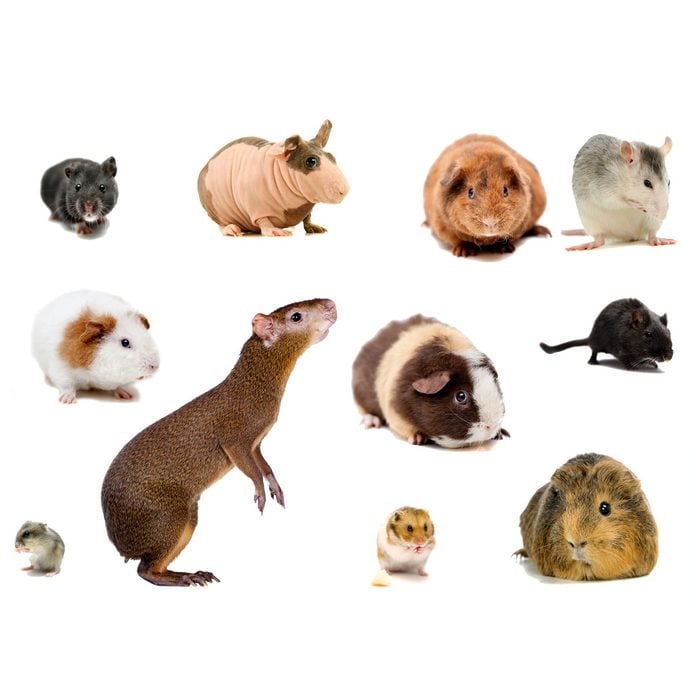
What Is a Rodent?
Scurrying and chomping since the Cretaceous period (circa 65 million years ago), rodents are a group of small, non-flying mammals with large, sharp front teeth. For many people, rodents are cute and cuddly creatures, while others think of them only as nuisance animals.
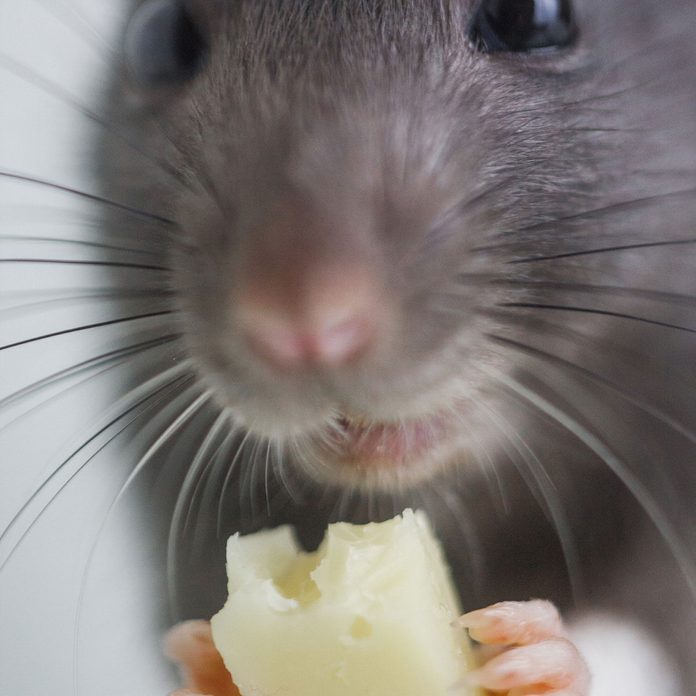
What Does Rodent Mean?
The mid-19th-century word “rodent” (or Rodentia) comes from the Latin (and Italian) verb “rodere” meaning “to gnaw, eat away or prey on.” It has been hypothesized that there may be a direct connection between the term rodent and the Old English word rætt (rat).
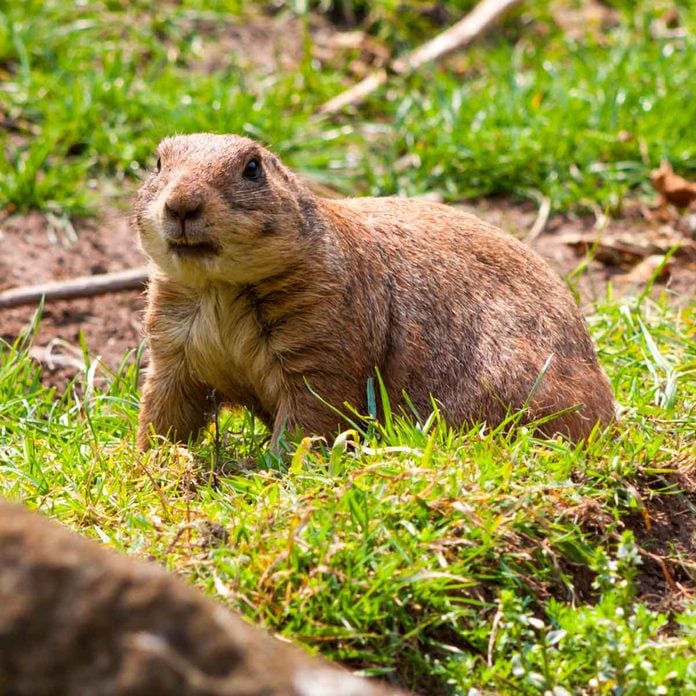
How Many Types of Rodents Are There?
Out of the more than 4,600 species of mammals in the world, nearly half belong to the rodent family. Of course, most people know that mice and rats are rodents, but did you know that beavers, porcupines, squirrels and prairie dogs are too? Not rabbits, hares, moles and hedgehogs, however. They belong to a different mammal species altogether.
Nowhere near exhaustive, here is a list of other common rodents you might recognize:
- Chinchillas;
- Chipmunks;
- Gerbils;
- Gophers (pictured above);
- Groundhogs;
- Guinea pigs;
- Hamsters;
- Lemmings;
- Marmots;
- Muskrats;
- Woodchucks.
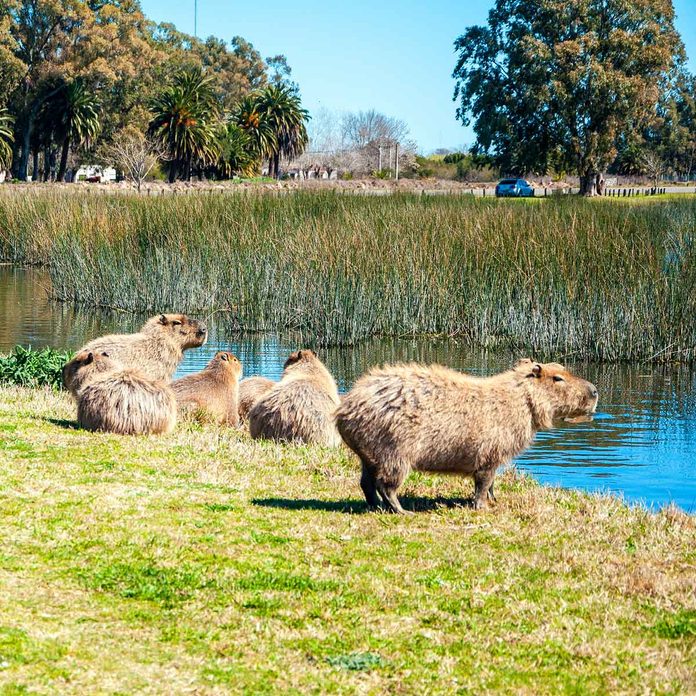
What Is the Largest Rodent?
Weighing an average of 100 lbs., the semi-aquatic capybara (Hydrochoerus hydrochaeris), pictured above is the largest living rodent in the world. Native to Central and tropical South America, it belongs to the Caviidae (or Cavy) family, a suborder which includes the adorable guinea pig.
In contrast, the smallest rodent known to man is the African pygmy mouse, which averages 2-1/2-in. in length and weighs only 1/4-oz., soaking wet.
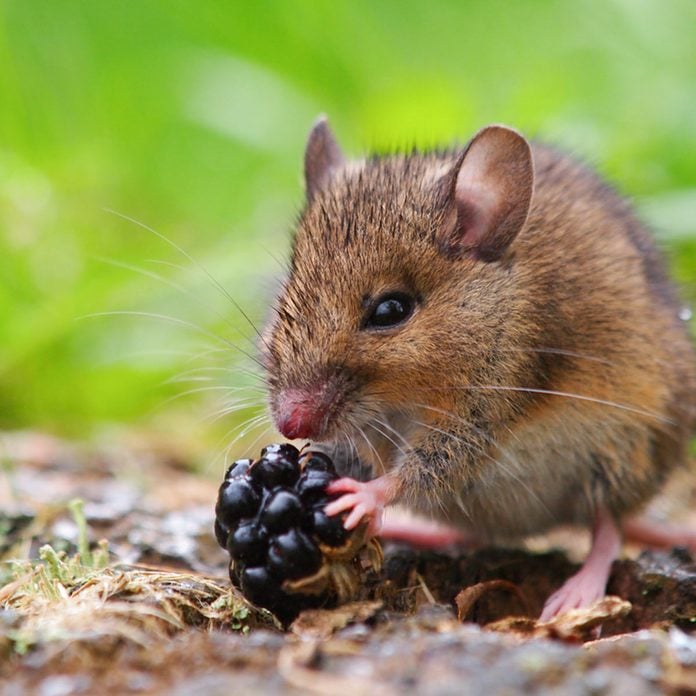
What Do Rodents Eat?
Rodents are scavengers who mostly feed on plants, seeds, fruit, grasses, leaves and the bark of trees. Some rodents consume insects or other small animals. And there’s even a South American rat that catches and eats fish.
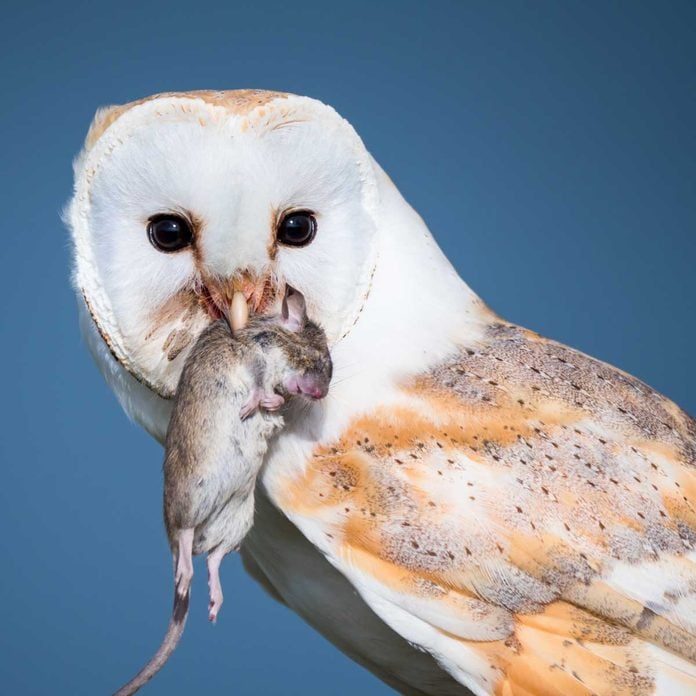
What Eats Rodents?
Because most rodents are small, they’re the perfect bite-size meal for birds of prey (hawks and owls), felines (cats and lynx), reptiles (snakes and lizards), dogs (terriers), weasels (otters and badgers) and other carnivorous animals.
Interestingly, humans have had a long tradition of dining on rodents. In ancient Rome, the dormouse was considered a delicacy. Even today, rodent meat is still eaten in many parts of the world. For example, the agouti (Dasyprocta punctata) in Latin America, the guinea pig in Peru and the bandicoot rat in Southeast Asia.

What Attracts Rodents?
Food attracts rodents. The best way to prevent rodents from taking up residence around and inside your home is by eliminating food sources and cleaning up around nesting sites. Don’t forget to seal up even the tiniest entries. Rodents are capable of squeezing through small holes thanks to their long and flexible bodies.
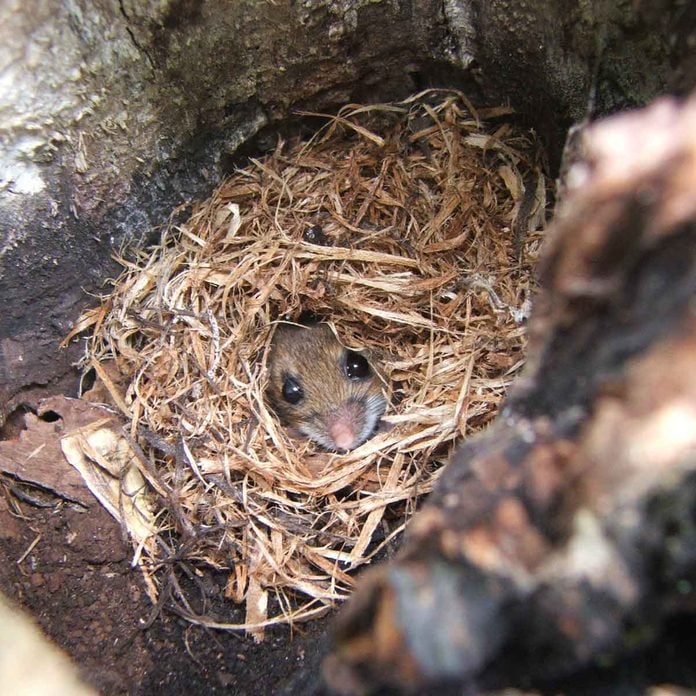
Where Do Rodents Live?
Rodent habitats are found almost everywhere except on Antarctica, New Zealand and some smaller ocean islands. Rodents can live and thrive in urban areas, rural farmland, rainforests, mountainous terrains, grasslands, swamps and deserts. Some set up residence by burrowing (gophers) and others are semi-aquatic (beavers). Those living in colder climates are known to hibernate (groundhogs) through the long winters, like bears.
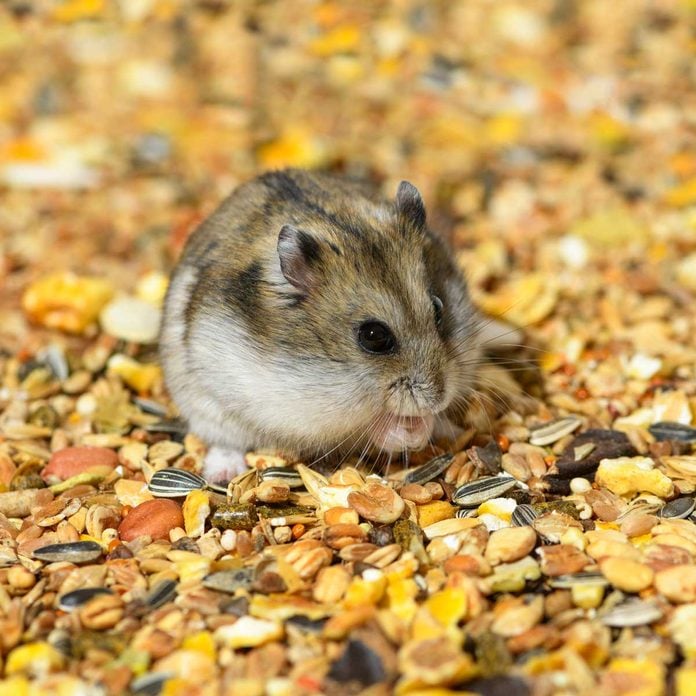
How Long Do Rodents Live?
That depends on the rodent.
Rats live an average of 12 months—and tend to frequent these most rat infested cities. The Siberian hamster lives from eight to 10 years. The longest-living rodent, the naked mole-rat (Heterocephalus glaber), has a reported lifespan of up to 30 years.
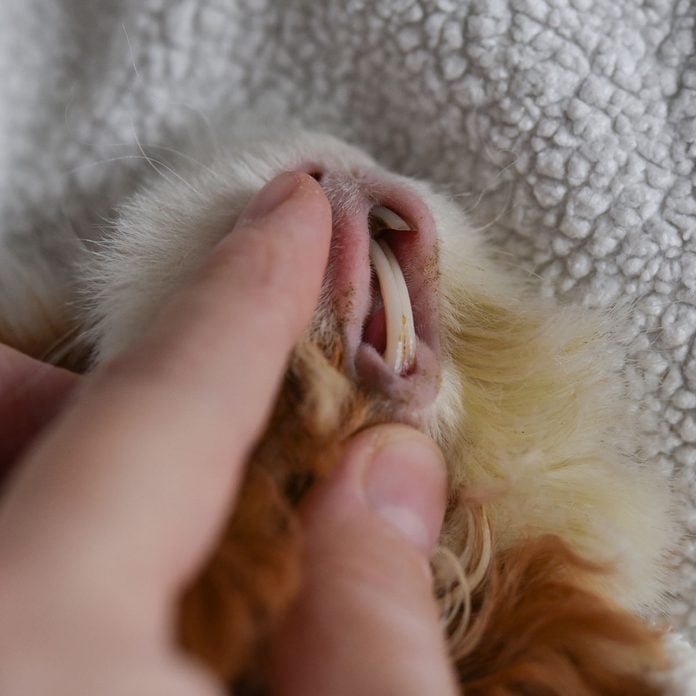
Do Rodents Teeth Keep Growing?
Yes. Rodents have prominent upper and lower pairs of teeth that are rootless and grow continuously. For the rodent to be successful at eating, the teeth must be kept short and sharp. Without trimming them, the rodent could starve to death.
Note: The upper and lower incisors of an adult rat grow at a rate of about 1/8-in. per week!
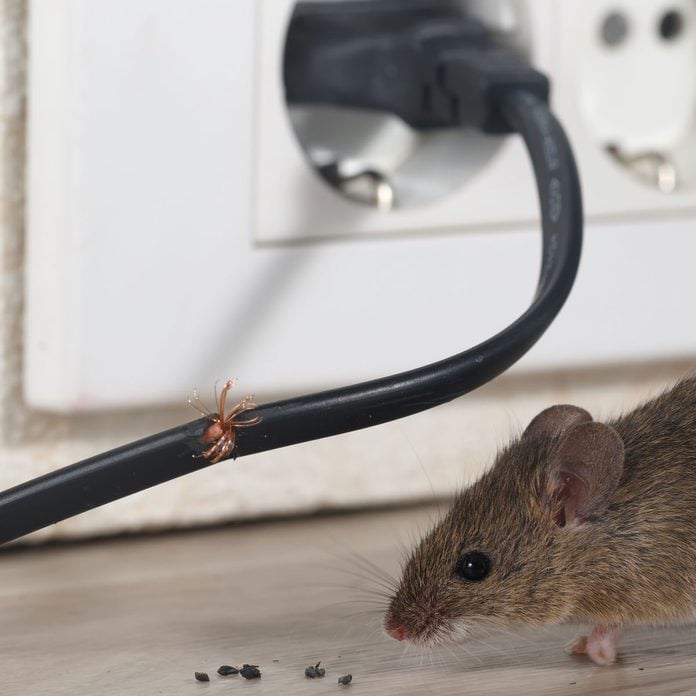
Why Do Rodents Chew on Things?
Rodent’s incisors must be worn down by chewing; self-sharpening of the teeth is a rodent’s life-long objective. To the chagrin of homeowners, rodents will grind away on almost anything they can find to whittle away their tooth enamel, including wires, glass, plastic, rubber, wood, rock and metal.
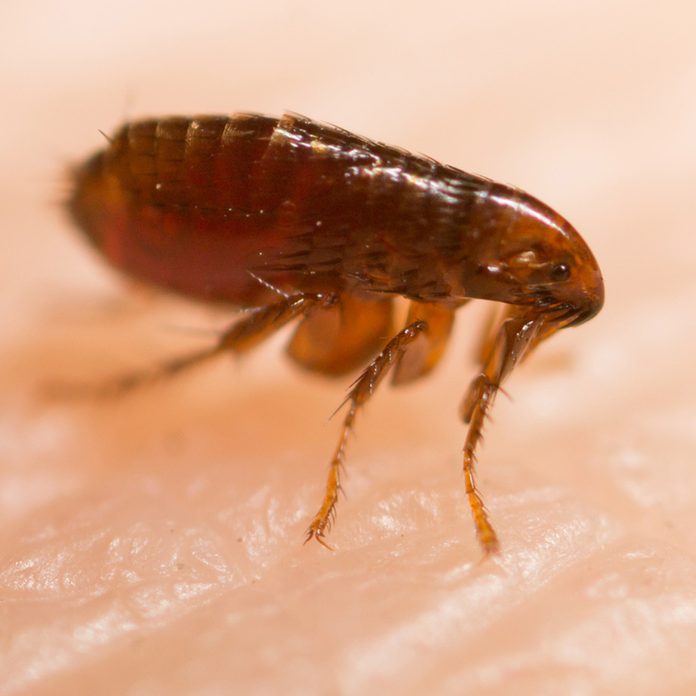
Do Rodents Spread Disease?
Throughout history, rodents have earned a reputation as vectors of diseases.
In the Middle Ages, Europe’s bubonic plague was blamed on rats. However, a 2018 study published by the Proceedings of the National Academy of Sciences of the United States of America (PNAS) suggests the Black Death’s “super-spreaders” might have been fleas and body lice. According to the authors, it’s more likely these parasites drank the blood of plague-infected rodents, then bit humans.
Today, the Centers for Disease Control and Prevention (CDC) estimates that worldwide, mice and rats spread more than 35 diseases through human contact, either directly (via feces, urine, saliva or bites) or indirectly (via parasites).
